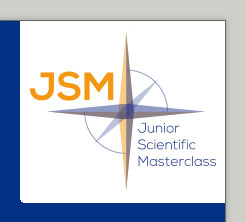Onderzoeksproject aanpassen
Projecten zijn uitsluitend aan te passen door bij het project behorende onderzoekers.
Geef via het uitrolmenu aan welke onderzoeker u bent. Nadat op u de button 'Edit project' heeft geklikt, wordt automatisch een e-mail verstuurd naar het e-mailadres van de onderzoeker die u heeft gespecificeerd.
In deze e-mail staat een link waarmee u het project kunt wijzigen.
Project properties
| Background / introduction |
|---|
|
Immunotherapy is nowadays gaining interest in the field of several tumor types, showing promising treatment results with a minimum of side effects. The benefit of this treatment modality is proven and more and more chosen to treat patients with metastatic disease. In NSCLC for example, PD-L1 expressing tumor cells have been shown to predict a higher response chance to anti-PD1/anti-PD-L1 immunotherapy. PD-L1 staining has been validated for histology, e.g. biopsies or slides from resection specimens. In routine clinical practice, however, pulmonologists tend to use fine needle aspirations more often, dismissing the need to collect histological samples. Approximately half of the Dutch NSCLC cases are diagnosed with patient friendly cytology only, including obligatory immunohistochemical analysis and molecular diagnostics for first line TKI treatment. Samples of pleural fluid, trans-esophageal needle aspirates and bronchial washings are routinely used. The downside is that PD-L1 staining is known to show a heterogeneous staining pattern in a significant number of cases.
|
| Research question / problem definition |
|---|
|
To validate PD-L1 staining for clinical use on cytological specimens, compared to histological samples derived from surgical resections.
|
| Workplan |
|---|
|
It is unknown if heterogeneous staining will be recognized in cytological derived specimens and if a minimum of 100 cells will be enough to demonstrate PD-L1 positivity robustly. The use of cytology as a primary tool for NSCLC diagnostics, immunohistochemical analysis and evaluation of predictive biomarkers is thus a challenging task.
|


